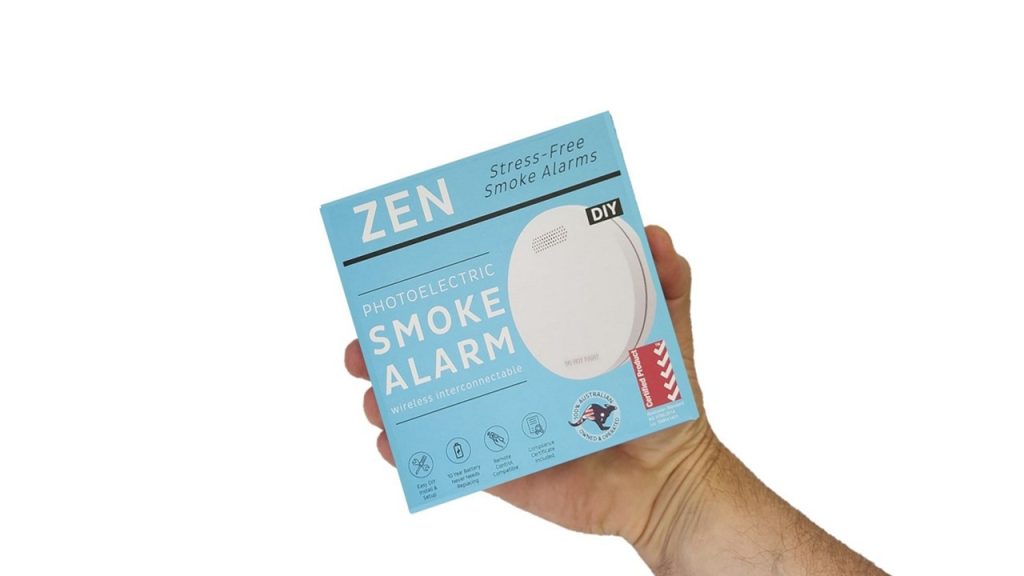Tag Archives: Australian Standard compliant
Are Your Interconnected Smoke Detectors Truly Australian Standard 3786:2014 Compliant?
Interconnected Smoke Detectors
And Australian Standard 3786:2014
Before buying interconnected smoke detectors you should do y...
Your Interconnected Fire Alarm: 4 Top Secrets About The Australian Standard
Australian Standard 3786:2014 - Smoke Alarms Using
Scattered Light, Transmitted Light or Ionization
All photoelectric interco...


